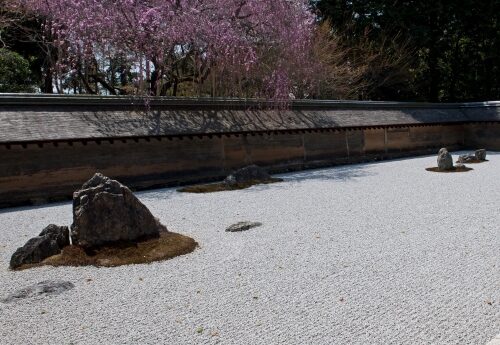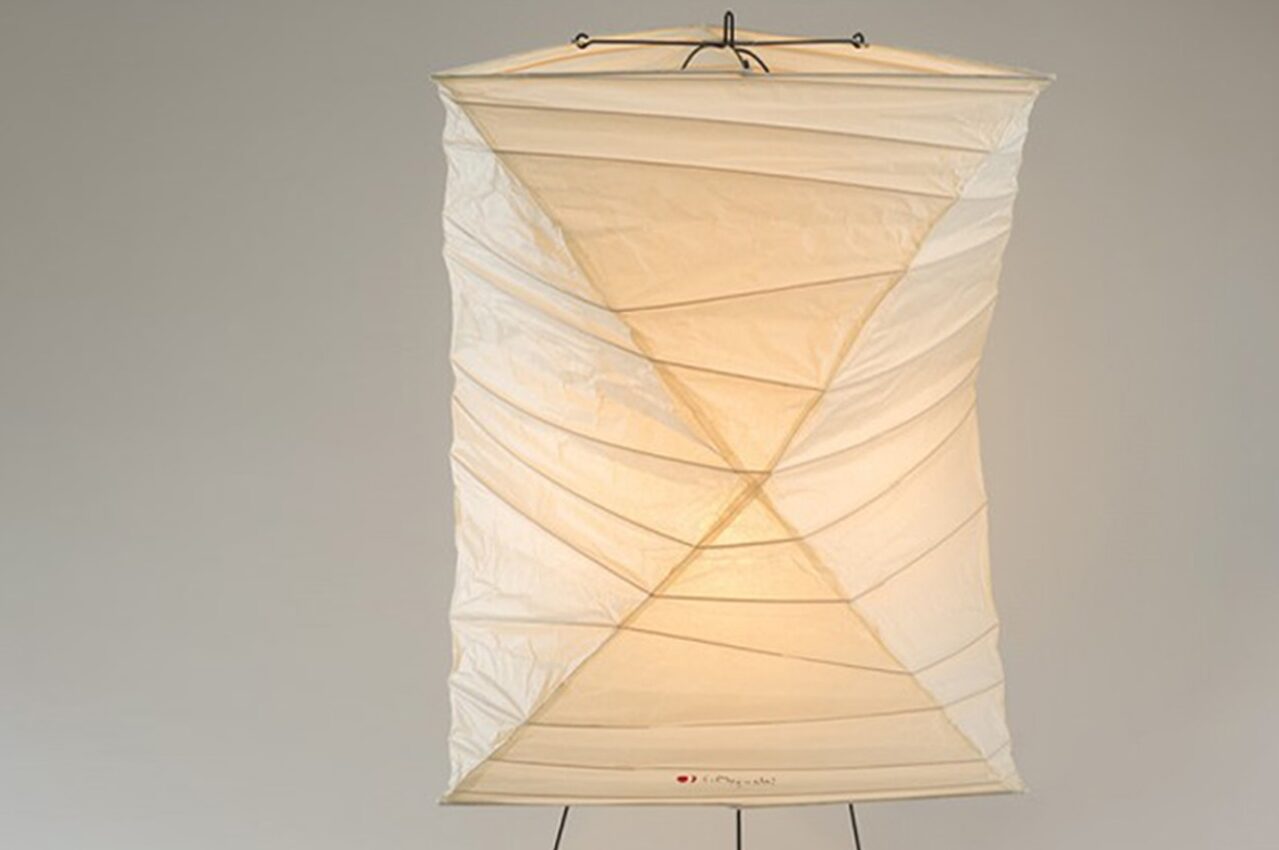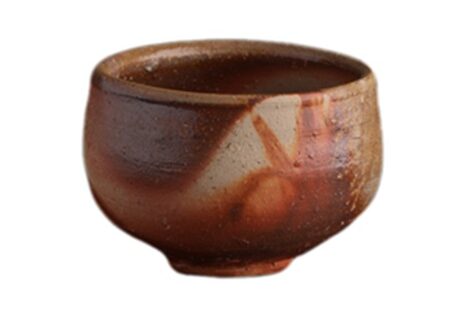
Back Issues of DENKEN-TEST Quizzes
These are quizzes related to Japanese traditional culture that have been asked so far. It may be used in the exam questions for DENKEN-TEST. Please give it a try !
-
Who was the monk who brought tea seeds from China in 805 and cultivated them?

-
Who was the British royal who made Ryoanji Temple,famous for its dry landscape rock garden, world famous?

-
What is the name of this auspicious pattern that is known worldwide?

-
What is the unique technique used in Kagawa lacquerware to fill the recesses of patterns with colored lacquer?

-
Who designed the famous lighting fixture “AKARI," which was born from an encounter with Gifu Lanterns?

-
Do you know what the pattern on this tea bowl is called?




